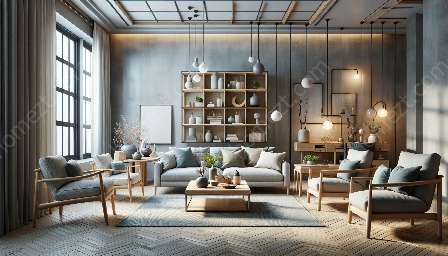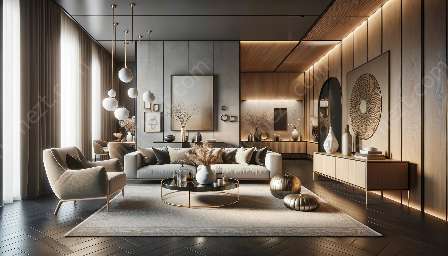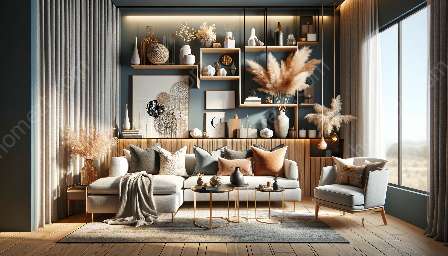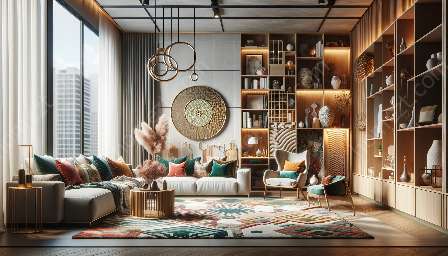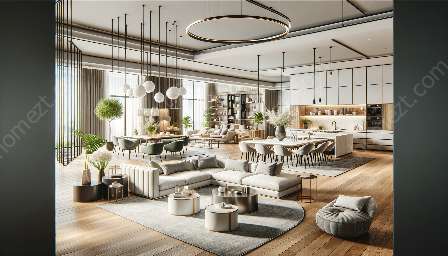Balance and symmetry play crucial roles in creating an appealing and harmonious living space. These principles extend beyond just aesthetics, impacting the overall feel and functionality of a room. When it comes to furniture arrangement and home furnishings, achieving balance and symmetry can elevate the look and comfort of your living space.
The Concept of Balance
Balance refers to the distribution of visual weight in a room. It involves arranging furniture and decor in such a way that no single piece overpowers the others. There are three types of balance:
- Symmetrical Balance: Symmetry is achieved when the elements on one side of an imaginary central line are mirrored by the elements on the other side. This creates a sense of order and formality in a space.
- Asymmetrical Balance: Asymmetry involves the strategic placement of different elements to create equilibrium without mirroring each other. It provides a more casual and dynamic feel to a room.
- Radial Balance: Radial balance is achieved when elements are arranged around a central point, creating a sense of harmony and cohesion.
The Role of Symmetry
Symmetry is a powerful tool in furniture arrangement and home furnishings. It brings a sense of stability and order to a room, making it visually pleasing and inviting. Symmetrical arrangements often work well in formal spaces such as living rooms and dining rooms.
Practical Applications in Furniture Arrangement
When arranging furniture, consider the visual weight and size of each piece. For symmetrical balance, place identical or similar items on either side of a focal point, such as a fireplace or a large window. This creates a pleasing sense of equilibrium.
Asymmetrical balance allows for more flexibility. You can achieve asymmetry by mixing different elements in a way that creates balance through contrast. For example, place a large sofa on one side of a room and balance it with a tall bookshelf and a few smaller chairs on the other side.
Choosing Home Furnishings
Applying balance and symmetry to home furnishings involves selecting items that complement each other in terms of size, shape, and visual weight. Consider the overall layout of the room and choose furnishings that create a cohesive and balanced look.
For symmetrical balance, opt for matching pairs of items such as end tables, lamps, and accent chairs. This creates a sense of order and formality in the space. Asymmetrical balance allows for more creativity, such as mixing different styles and shapes to achieve a visually interesting composition.
Creating a Harmonious Living Space
By understanding the concepts of balance and symmetry, you can transform your living space into a harmonious and inviting environment. Whether you prefer a formal and structured layout or a more casual and eclectic arrangement, applying these principles will enhance the visual appeal and comfort of your home.





